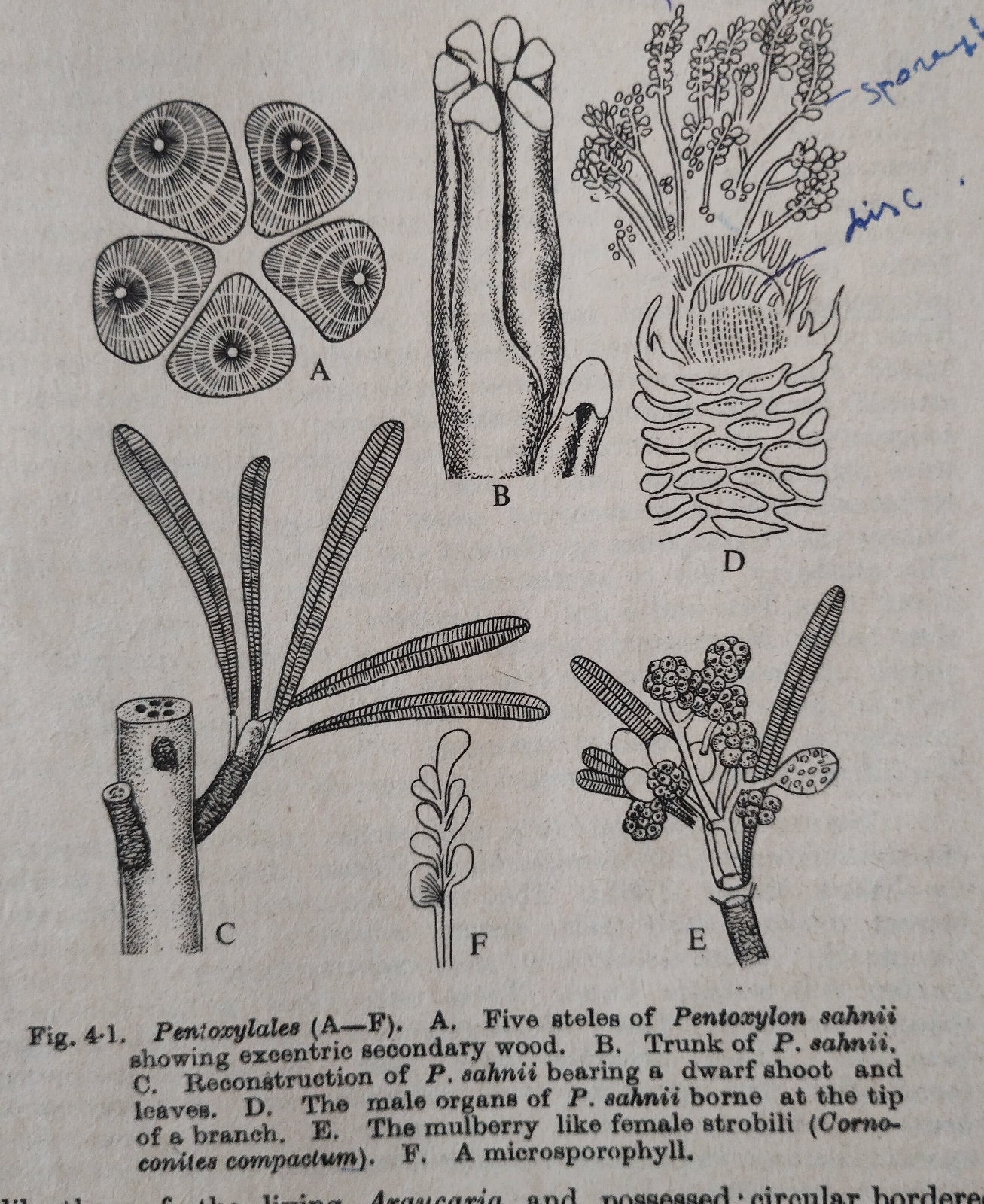Viruses
How a virus differs from a bacterium ?
A virus differs from a bacterium in the following features:
(1) There is no cellular organisation like cell wall and cell membrane in viruses but a bacterium have .
(2) Viruses are submicroscopic & smaller than bacteria .
(3)A virus never be free living , it is always obligate parasite , but a bacterium may be free living .
(4) A virus can not keep DNA and RNA at the same time , but a bacteria can .
(5) A virus does not have own metabolic enzymes , protein synthetic mechinery but a bacteria has all these .
(6) A virus can not perform binary fission but it is a common phenomenon for a bacteria .
Bacteriophages : Viruses parasitic on bacteria are termed as Bacteriophages. They may contain ssDNA, dsDNA,ssRNA or dsRNA.
Types of bacteriophages on the basis of morphology
Morphologically bacteriophages are of six types:
(1) A phage with a head , rigid tail having contractile sheath and fibres .
(2) A phage with a head ,flexible tail but no contractile sheath .
(3) A phage with a short tail but no contractile apparatus .
(4) A head with large capsomeres at each apex of hexagon and no tail
(5) A head without capsomeres and a tail .
(6) A long flexible tail only without a head.
The term "bacteriophage" was coined by W.M.Stanley.
Size of virus
Viruses are submicroscopic ,can be seen only by electron microscope , meausring unit is nm .
1 nm=1/10⁹ mt
Whereas, in case of bacteria it is micrometre.
1 micro mt=1/10³ mt.
#Smallest virus .....Rhino virus or foot-and-mouth disease virus ...10 nm in diameter.
# Largest animal virus ....Vaccinia,Variola ...300--350 nm.
# Largest plant virus ...Beet yellow virus..1250 x 40 nm.
Chemical structure of virus:
(1) The nucleic acid core either DNA or RNA is sorrounded by a protein coat or capsid .
Nucleic acid + capsid =nucleocapsid.
(2) A capsomere is the morphological unit of capsid.
e.g. , TMV capsid=2130 capsomeres
(3) Sometimes carbohydrate, fat, biotin , riboflavin ,Cu ,etc . are added to the capsid protein .
(5) A few viruses like HIV and Influenza virus have 10 --15 micro mt thick layer of lipoprotein or glycoprotein envelope around the capsid .
(6) The unit of envelop is called Pelpomere
(7) Sometimes hemoglutinin of the spikes from lipid layer act as antigen to destroy RBC of the host ,e.g., Influenza virus .
It is to be noted that TMV is a Naked helical virus but HIV , Influenza virus ,etc. are the enveloped .
Obligate parasitism of virus:
Viruses behave as nonliving outside the host but have to enter in host cell to conduct repoduction ,hence , viruses are obligate parasite.
Viruses are antibiotic resistant, why?
Viruses do not have their own ribosome , so , they make the use of host cell's ribosome for protein synthesis .This is why viruses are resistant to antibiotics.
Non-living features of virus :
(1) Viruses can be crystalized like chemicals (Stanley first crystalised TMV in 1935).
(2)The basic units of a cell like cell wall and cell membrane are lacking in virus.
(3) Viruses are inert when out of the host cell .
(4) Viruses are lack of cell organelles ,so , can not perform any metabolic activities which run life processes in all of the living organisms .
(5) For cellular activities atleast 5000A° is required , but viruses have 100A° - 2000A° since it's submicroscopic nature .
Hence, virus is called non-cellular.
Living features of viruse:
(1) A virus contains either DNA or RNA as genetic material but not at a time .
(2) It reproduces when intracellular .
(3) It infects the host cell.
(4) It makes the use of host ribosome to synthesise proteins of it's own .
(5) Virus genome mutates .
Due to the above said living as well as non-living features & extracellular - intracellular phases a virus is called intermediate between living and non-living.



Comments
Post a Comment